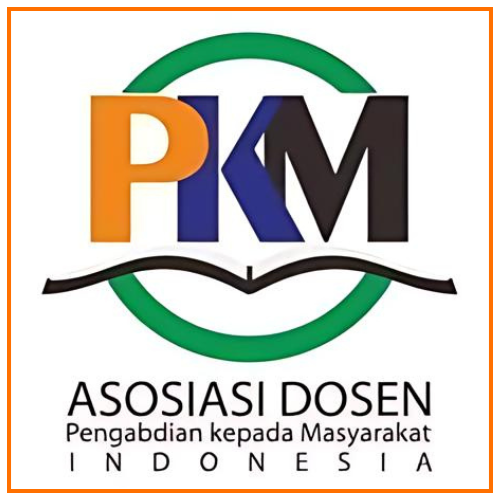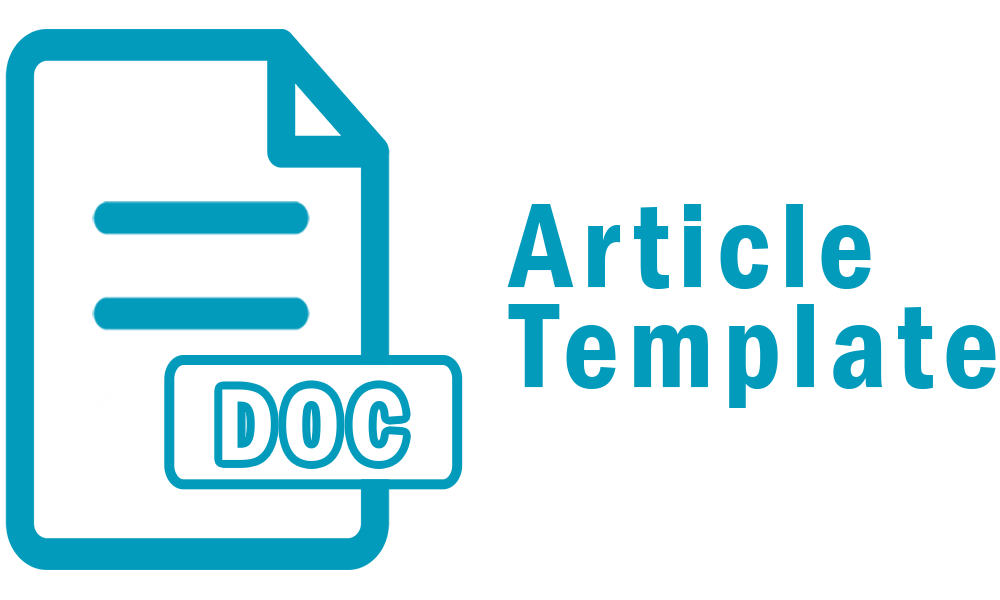Reading Interest and Reading Comprehension Ability: The Correlational Study in Secondary Education
Abstract
Keywords: Reading Interest, Reading Comprehension, Correlation.
Full Text:
PDFReferences
Aisyah, S., & Punamasari, R. (2021). Relationship between Fifth Grade Students’ Reading Interest and Reading Ability. Journal of Teaching and Learning in Elementary Education (Jtlee), 4(1), 80. https://doi.org/10.33578/jtlee.v4i1.7865.
Danish, F. (2018). A Review on the Recent Development on the Cluster Sampling. Biostatistics and Biometrics Open Access Journal, 5(5). https://doi.org/10.19080/bboaj.2018.05.555673.
Dayanand. (2018). Hypothesis Types and Research. International Journal of Nursing Science Practice and Research. https://doi.org/10.37628/ijnspr.v4i2.812.
Fitria, W. (2019). Reading Interest and Reading Comprehension : A Correlational Study. Journal Educative : Journal of Educational Studies, 4(1), 95. https://doi.org/10.30983/educative.v4i1.1333.
Käsper, M., Uibu, K., & Mikk, J. (2018). Language teaching strategies’ impact on third-grade students’ reading outcomes and reading interest. International Electronic Journal of Elementary Education, 10(5), 601–610. https://doi.org/ 10.26822/ iejee.2018541309.
Lustyantie, N., & Aprilia, F. (2020). Reading Interest and Achievement Motivation: A Study in an EFL Context. TESOL International Journal, 15(4), 147–166. https://files.eric.ed.gov/fulltext/EJ1329504.pdf.
Isaac, E., & Chikweru, E. (2018). Test for Significance of Pearson’s Correlation Coefficient (r). International Journal of Innovative Mathematics, Statistics & Energy Policies, 6(1), 11–23. www.seahipaj.org.
McCombes Sh, (2019). Correlational Research. https://www.scribbr.com/ methodology/correlational-research/7/.
Metsäpelto, R. L., Silinskas, G., Kiuru, N., Poikkeus, A. M., Pakarinen, E., Vasalampi, K., Lerkkanen, M. K., & Nurmi, J. E. (2017). Externalizing behavior problems and interest in reading as predictors of later reading skills and educational aspirations. Contemporary Educational Psychology, 49, 324–336. https://doi.org/ 10.1016/ j.cedpsych.2017.03.009.
Prastya, R. L. (2020). Teacher’s Strategies in Improving Student’s Reading Interest. 4(2), 224–235. https://doi.org/10.26858/eralingua.v4i2.13195.
Pratama, Y. (2022). The Correlation Between Students' Reading Interest and Their Reading Comprehension at the Ninth Grade of Mtsn 1 Lampung Utara Academic Year 2021/2022. Jurnal Griya Cendekia. https://doi.org/10.47637/griya-cendikia.v7i2.365.
Rohayati, N., A. (2018). The Correlation Between Students' Reading Interest and Reading Comprehension [Thesis, UNISNU Jepara]. http://eprints. unisnu.ac.id/ id/eprint/2981/.
Sari Dewi, R., Hasanah, U., & Wahyudi, A. (2020). Talent Development & Excellence Reading Interest And Reading Comprehension. International Research Association for Talent Development and Excellence (Iratde), 12(1), 241–250. http://www.iratde.com.
Sharma, G. (2017). Pros and cons of different sampling techniques. International Journal of Applied Research, 3(7), 749–752. www.allresearchjournal.com.
Springer, S. E., Harris, S., & Dole, J. A. (2017). From Surviving to Thriving: Four Research-Based Principles to Build Students’ Reading Interest. Reading Teacher, 71(1), 43–50. https://doi.org/10.1002/trtr.1581.
Sugiyono. (2017). Metode Penelitian Bisnis Pendekatan Kuantitatif, Kualitatif, Kombinasi, dan R&D (3rd ed). Bandung: ALVABETA, CV.
Sutiadiningsih, A. (2022). Peran reading interest dalam peningkatan reading comprehension pada perguruan tinggi vokasi penerbangan Kementerian Perhubungan. 9(1), 58–65. https://doi.org/10.21831/jppfa.v9i1.37462.
Taylor, R. (2020). Impact of Text Interest on Reading Comprehension [Thesis, GoucherCollege]. https://mdsoar.org/bitstream/handle/ 11603/18488/ ReneeTaylor_paper.pdf?sequence=1.
Turney, S. (2022). Pearson Correlation Coefficient (r). sribbr.com: https://www.scribbr.com/statistics/pearson-correlation-coefficient/.
Utami, S., & Nur, J. (2021). An Analysis of Students’ Reading Interest during Learning From Home amidst the Covid-19 Pandemic. IJEE (Indonesian Journal of English Education), 1(1), 140–155. https://doi.org/10.15408/ijee.v1i1. 17157.
DOI: https://doi.org/10.37058/jelita.v2i1.6547
Refbacks
- There are currently no refbacks.








Journal of Education, Language Innovation, and Applied Linguistics
Lembaga Penelitian, Pengabdian Kepada Masyarakat dan Penjaminan Mutu Pendidikan (LP2M-PMP) Universitas Siliwangi
Jalan Siliwangi Number 24, Kota Tasikmalaya - 46115
West Java, Indonesia










